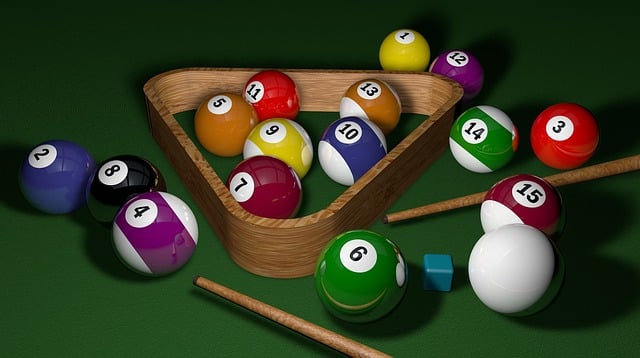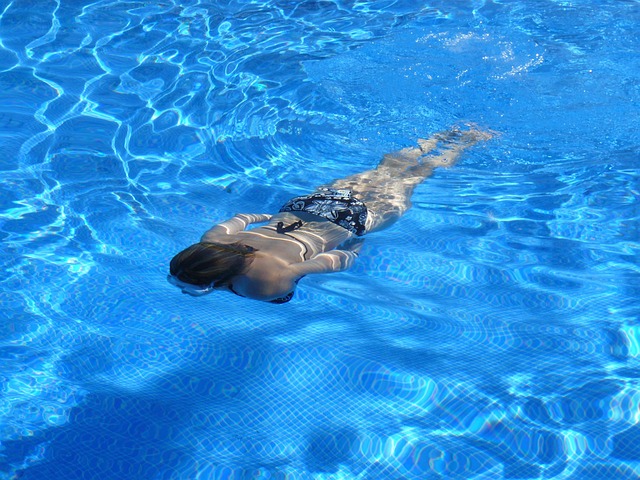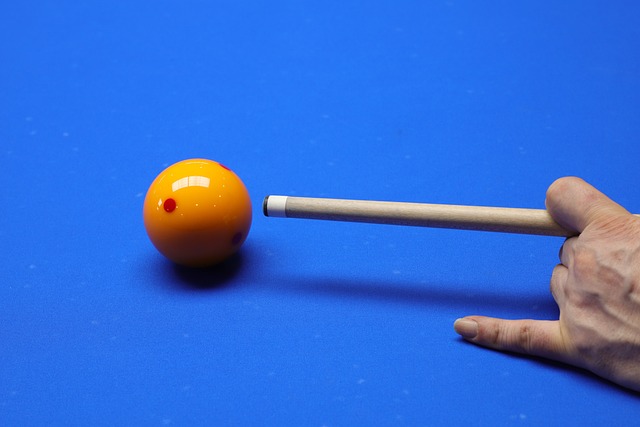Selecting flooring under a pool table requires considering table weight, size, water resistance, aesthetic appeal, and budget. Traditional wooden floors offer natural elegance but are susceptible to moisture damage, while modern alternatives like water-resistant vinyl or linoleum provide durability and cost-effectiveness. Moving and installing new flooring costs between $500 and $3000, varying by flooring type, table size, and whether hiring professionals or doing it yourself, with "How much does it cost to move a billiard table?" being a key SEO keyword integrated throughout.
When it comes to choosing flooring under your pool table, the options seem endless. But with factors like moisture resistance, stability, and cost in play, selecting the right fit can be a challenge. This guide navigates the process, breaking down popular flooring types, their pros and cons, and essential considerations, including budgeting for moving and installing new flooring under your billiard table—all while answering that burning question: What does it cost to move a billiard table?
Factors to Consider When Choosing Flooring Under a Pool Table

When choosing flooring for under a pool table, several factors come into play. Firstly, consider the weight and size of the table; heavier tables require stronger, more durable flooring to prevent damage or warping over time. The type of flooring also matters; vinyl or linoleum are popular choices due to their water resistance, low maintenance, and affordability—all essential traits for an area frequently exposed to moisture.
Additionally, you should think about the overall aesthetics and functionality of the space. For example, if the pool table is in a high-traffic area or near doors leading outdoors, easier-to-clean options might be preferable. Similarly, consider the lighting conditions; some flooring types look better under specific lighting, which can enhance the playing experience. Lastly, budget plays a significant role; while premium options offer superior performance and longevity, there are cost-effective alternatives that still provide good value for money, including DIY solutions like placing the table on top of padding over existing flooring. Remember that how much it costs to move a billiard table varies based on its size and weight, so plan accordingly to avoid unnecessary expenses during your flooring project.
Popular Types of Flooring for Pool Tables: Pros and Cons

The flooring beneath a pool table plays a significant role in the overall performance and longevity of the game. Popular choices range from traditional options to modern alternatives, each with its unique advantages and drawbacks.
Wooden Floors: A classic choice, wooden floors offer a natural, elegant look. They provide excellent traction for players, enhancing control over the cue stick. However, wood is susceptible to moisture damage, requiring regular maintenance. The cost of installation can vary widely depending on the type of wood and finish chosen, with prices ranging from moderate to high, including potential expenses for repairs if water damage occurs.
Vinyl or Linoleum: These synthetic flooring options are durable and water-resistant, making them ideal for areas with higher humidity levels. They offer a cost-effective solution compared to wood, with linoleum being particularly eco-friendly. While vinyl may lack the aesthetic appeal of wood, linoleum provides a range of colors and patterns. Both materials are relatively easy to install and maintain, ensuring your pool table remains in top condition without breaking the bank, unlike the potential costs associated with moving a billiard table or repairing water damage on wooden floors.
Budgeting for Moving and Installing New Flooring Under Your Billiard Table

Moving and installing new flooring under your pool table is an important step in creating an optimal playing surface. The cost of this process can vary greatly depending on several factors, including the type of flooring chosen, the size of your table, and whether you opt to hire professionals or tackle the job yourself. On average, expect to spend anywhere from $500 to $3000 for this project.
The price tag includes labor costs if you hire experts who can safely disassemble and reassemble your billiard table while ensuring the new flooring is level and secure. If you choose to do it yourself, materials will be the primary expense, with flooring options ranging from affordable vinyl to more premium options like hardwood or slate. Additionally, you’ll need tools for the installation process, which could add a few hundred dollars to your budget.
When deciding on the best flooring under your pool table, consider factors like durability, moisture resistance, and budget. Popular choices include vinyl and rubber, each offering unique advantages. While the cost of moving a billiard table varies, understanding your options and pros and cons can help you make an informed decision that suits both your game and finances. Remember, the right flooring can enhance your pool experience for years to come.
